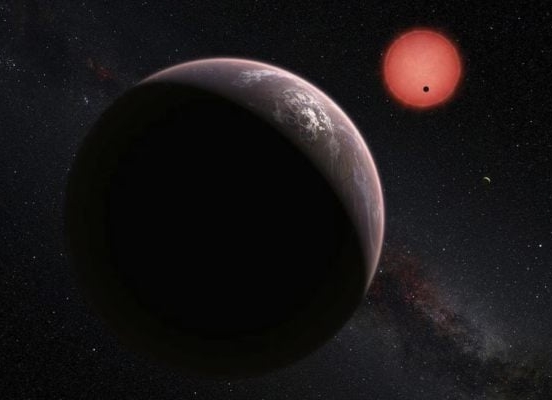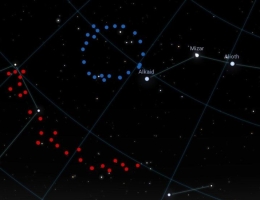
Astronomers Detect Possible New Dwarf Planet at Solar System’s Edge
Scientists have identified 2017 OF201, a 700-km-wide celestial body in the outer reaches of the solar system. This distant object, with an elongated orbit taking 25,000 years to circle the Sun, could qualify as a dwarf planet.
Key Findings:
Size: Estimated at 435 miles (700 km), slightly smaller than Ceres, the smallest recognized dwarf planet.
Orbit: Highly eccentric, ranging from 45 AU to 1,600 AU from the Sun.
Discovery: Spotted using telescopes in Chile and Hawaii, confirmed after seven years of observations.
Significance: Challenges previous assumptions about the emptiness beyond Neptune, hinting at more hidden worlds in the Kuiper Belt.
Scientific Implications:
Researchers suspect 2017 OF201 may have been influenced by a giant planet’s gravity, altering its extreme orbit.
Its existence raises questions about the hypothetical Planet Nine, as it does not follow the clustering pattern of other trans-Neptunian objects.





